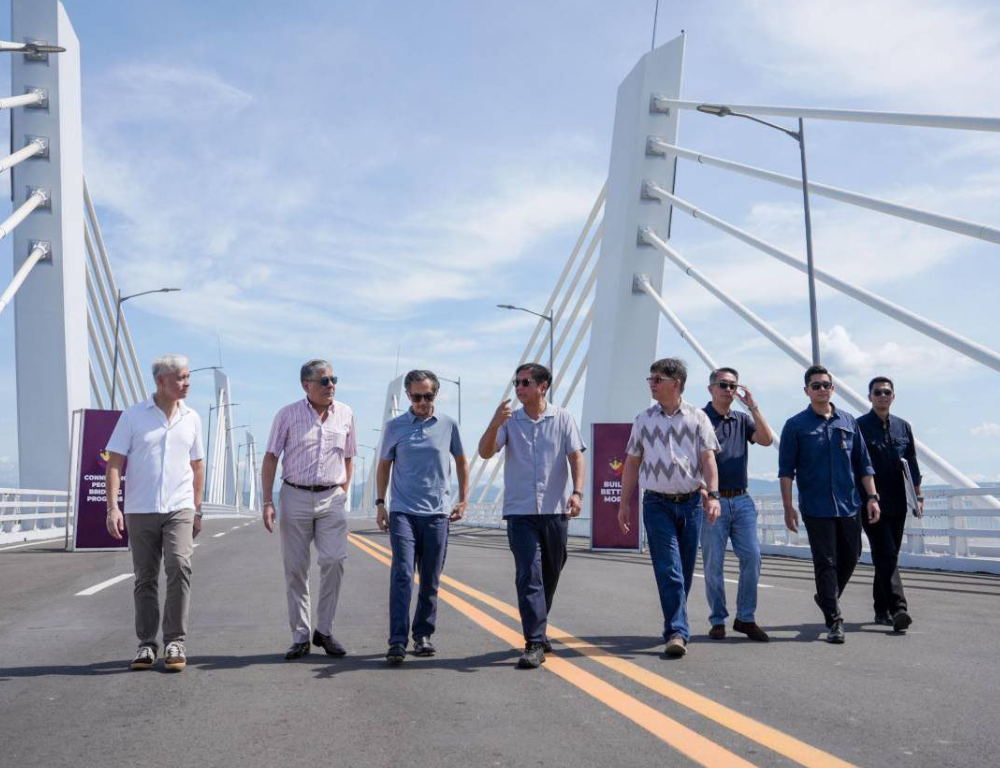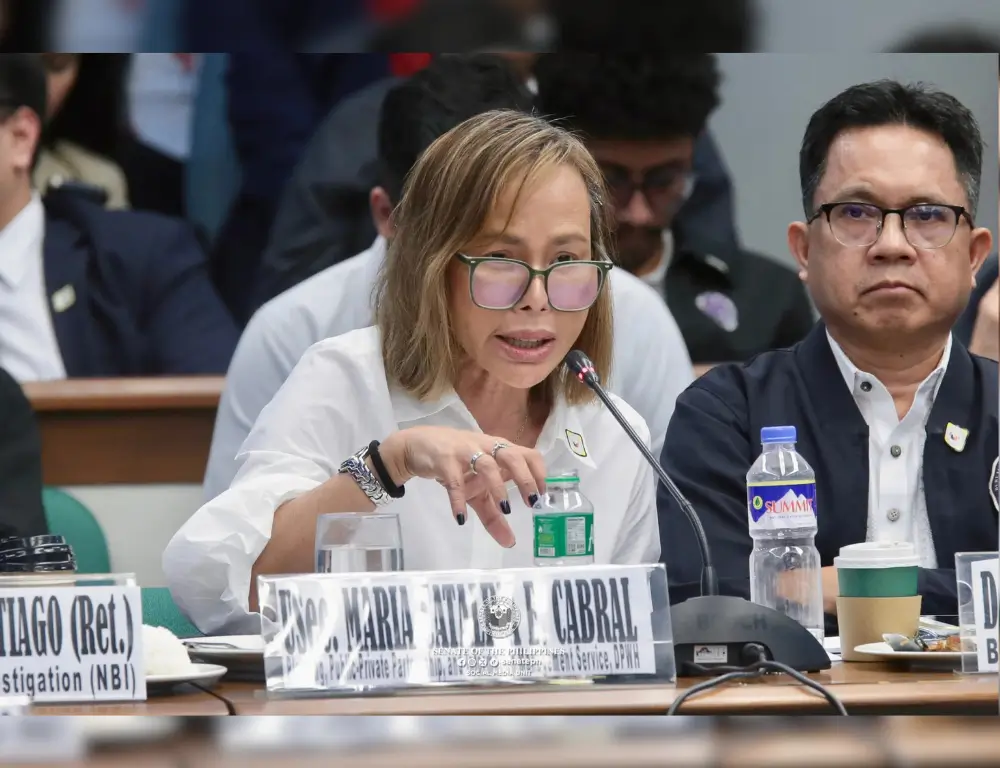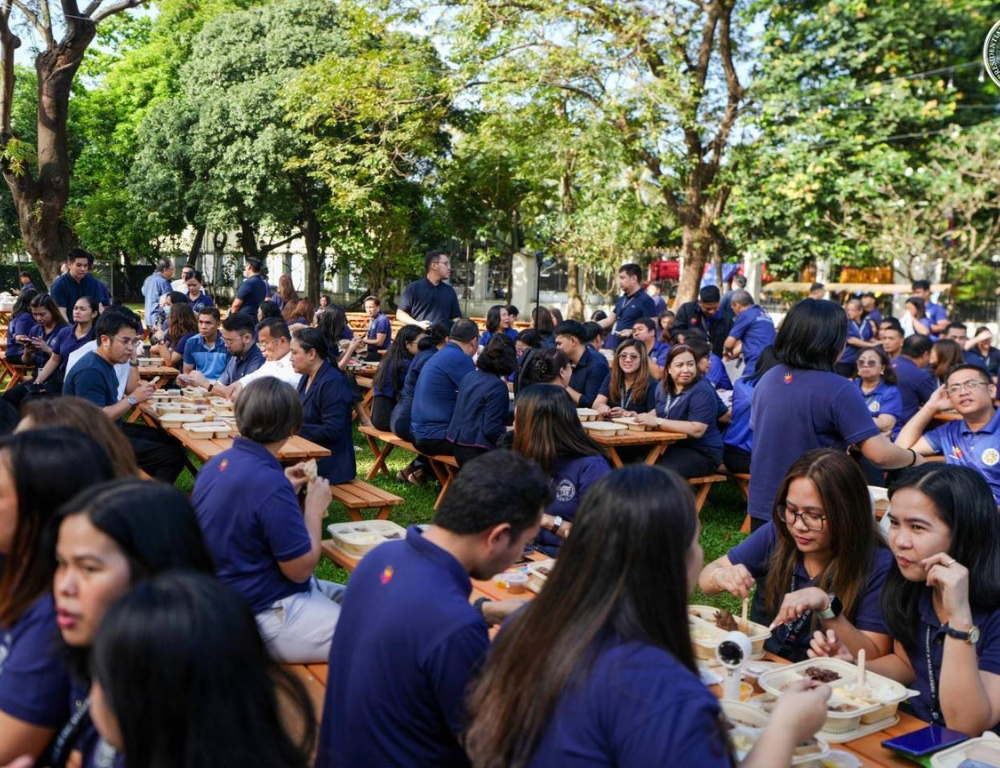
Finance Secretary Ralph G. Recto has assured the public that the government will intensify measures to maintain price stability and extend stronger support to farmers to secure the country’s food supply, as the nation recovers from recent calamities.
This comes after the country’s headline inflation slightly inched up to 1.7% in September from 1.5% in August, driven by higher transport costs and vegetable prices such as tomatoes and cereal products after successive weather disturbances in key agricultural areas.
Nevertheless, the year-to-date average inflation rate of 1.7% remains well below the government’s target range of 2% to 4% for 2025.
“Kahit sunod-sunod ang kalamidad, makakaasa po ang ating mga kababayan na babangon tayo nang mas mabilis at mas matatag. Patuloy na sisiguraduhin ng gobyerno na abot-kaya ang presyo ng mga pangunahing bilihin, lalo na para sa mga pamilyang lubos na nangangailangan,” Secretary Recto said.
“Kasabay nito, patuloy ang ating relief and rehab efforts para sa mga biktima ng kalamidad, lalo na sa pagbibigay ng tulong at suporta sa ating mga magsasaka para mapanatiling sapat ang suplay ng pagkain,” he added.
Rice prices continued to record significant improvement, contracting by -16.9% from -17.0%, the second biggest drop in three decades. This points to manageable price movements despite supply-side pressures brought by recent calamities.
Meat inflation also eased, as both chicken and pork inflation moderated.
With this, the country’s poorest income households continued to experience deflation in September 2025, registering at -0.2% and marking the fourth consecutive month of decline.
Sustained interventions to ensure food supply stability
Amid the extreme weather conditions that battered the country in September, the government has undertaken sweeping interventions to protect the purchasing power and livelihoods of Filipinos, especially those affected by Habagat and Tropical Cyclones Mirasol, Nando, and Opong.
The Department of Trade and Industry (DTI) has enforced a price freeze on basic commodities in affected areas to prevent unwarranted price increases and supply shortages during the calamities.
To ensure the continuity of agricultural production amid typhoons and the earthquake in Cebu, the Department of Agriculture (DA) immediately rolled out assistance to farmers and fisherfolk.
These include agricultural inputs, alongside rice stock distribution from the National Food Authority (NFA), access to the Quick Response Fund (QRF) for rehabilitation and recovery, and indemnification for insured farmers in affected communities.
Around one million rice farmers will also receive PHP 7,000 each under the proposed 2026 national budget to offset income losses from falling palay prices.
To empower farmers to dry and mill their own harvests, the DA inaugurated new postharvest facilities, including a rice processing facility in Naujan, Oriental Mindoro, and a state-of-the-art facility in Guagua, Pampanga, funded under the Rice Competitiveness Enhancement Fund (RCEF) mechanization program.
Furthermore, the DA turned over PHP 1.27 billion worth of farm and fishery equipment and infrastructure in Region IX. The assistance package includes major farm-to-market roads, postharvest and coconut facilities, livelihood aid, farmer subsidies, and targeted interventions for rice, swine, dairy, and fisheries sectors.
The DA will also establish food corridors to minimize supply disruptions.
To promote a more stable power supply and pricing, the Department of Energy (DOE) is set to auction at least 100 megawatts (MW) of renewable energy capacity under an Open and Competitive Selection Process (OCSP) open to both local and foreign developers to diversify the country’s energy mix.











